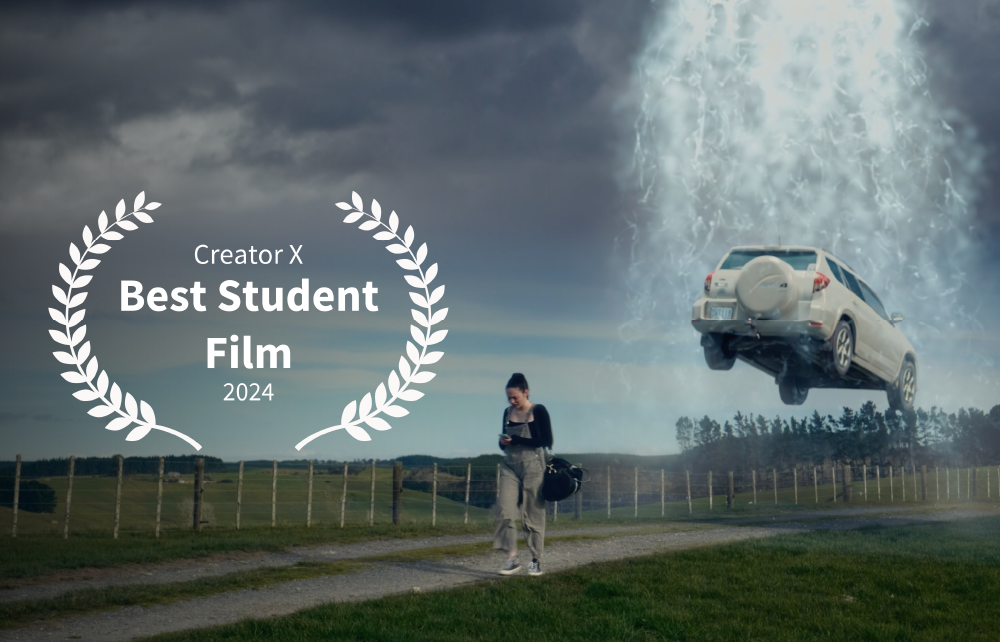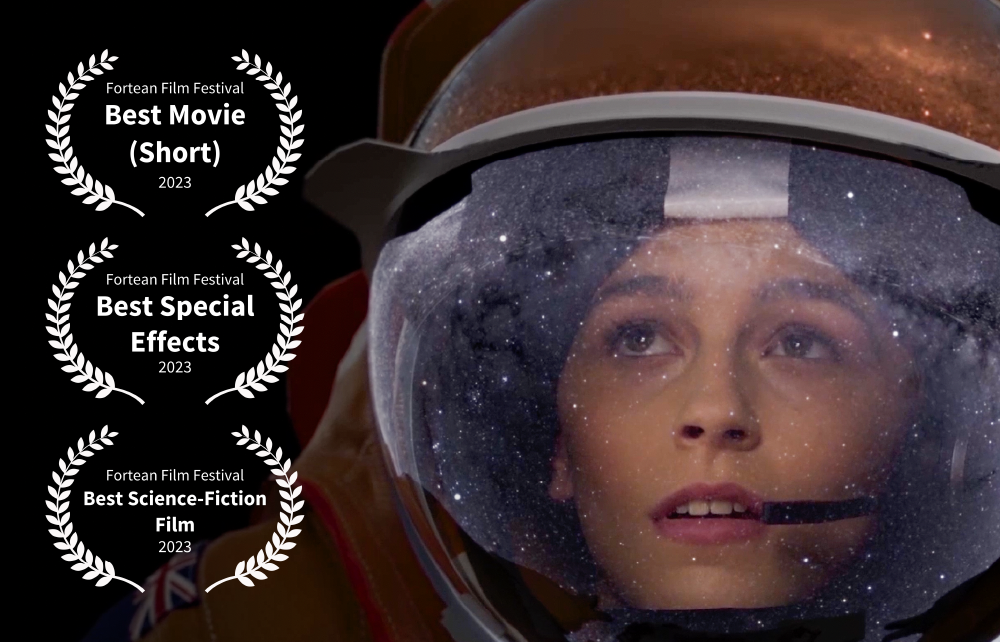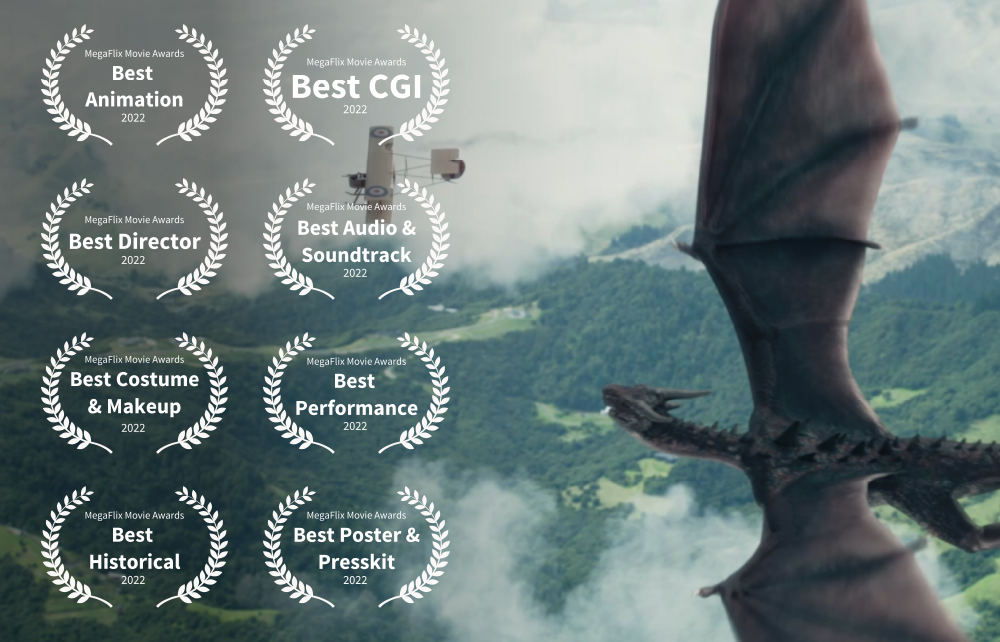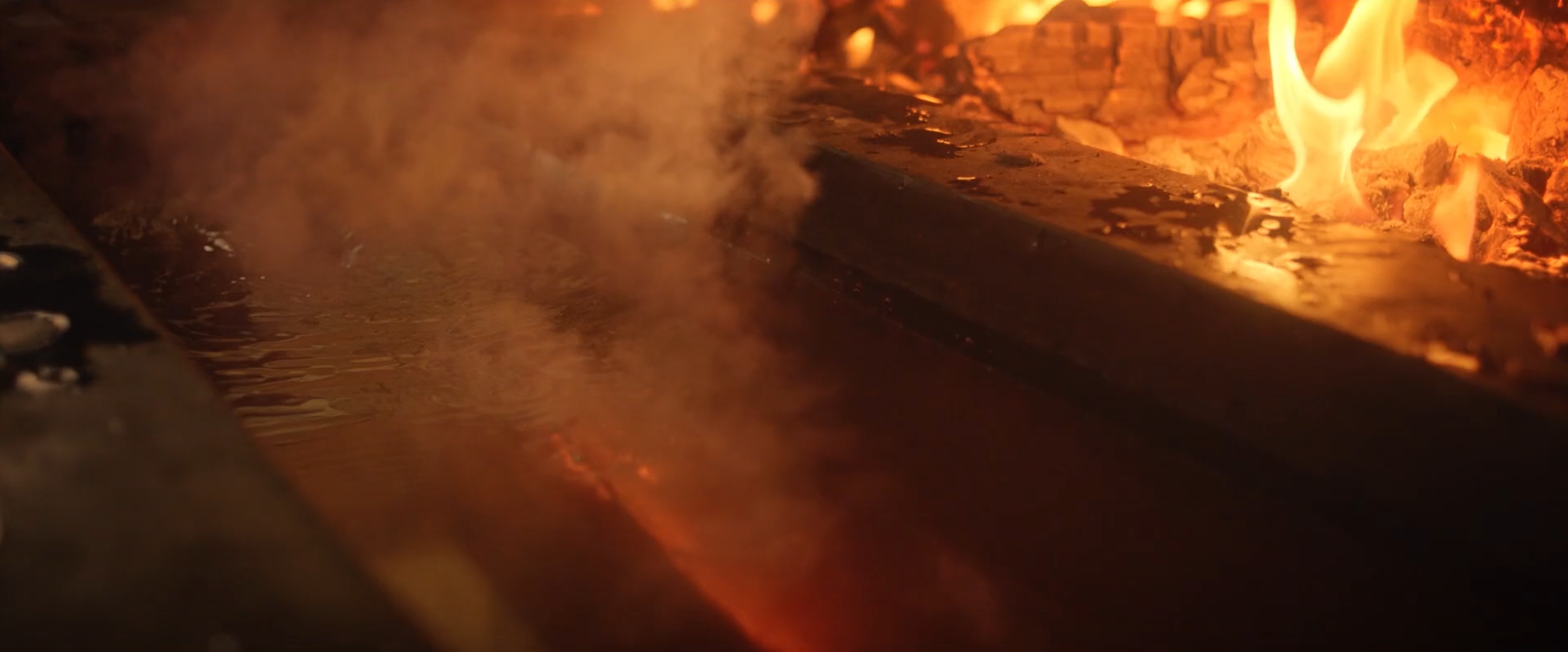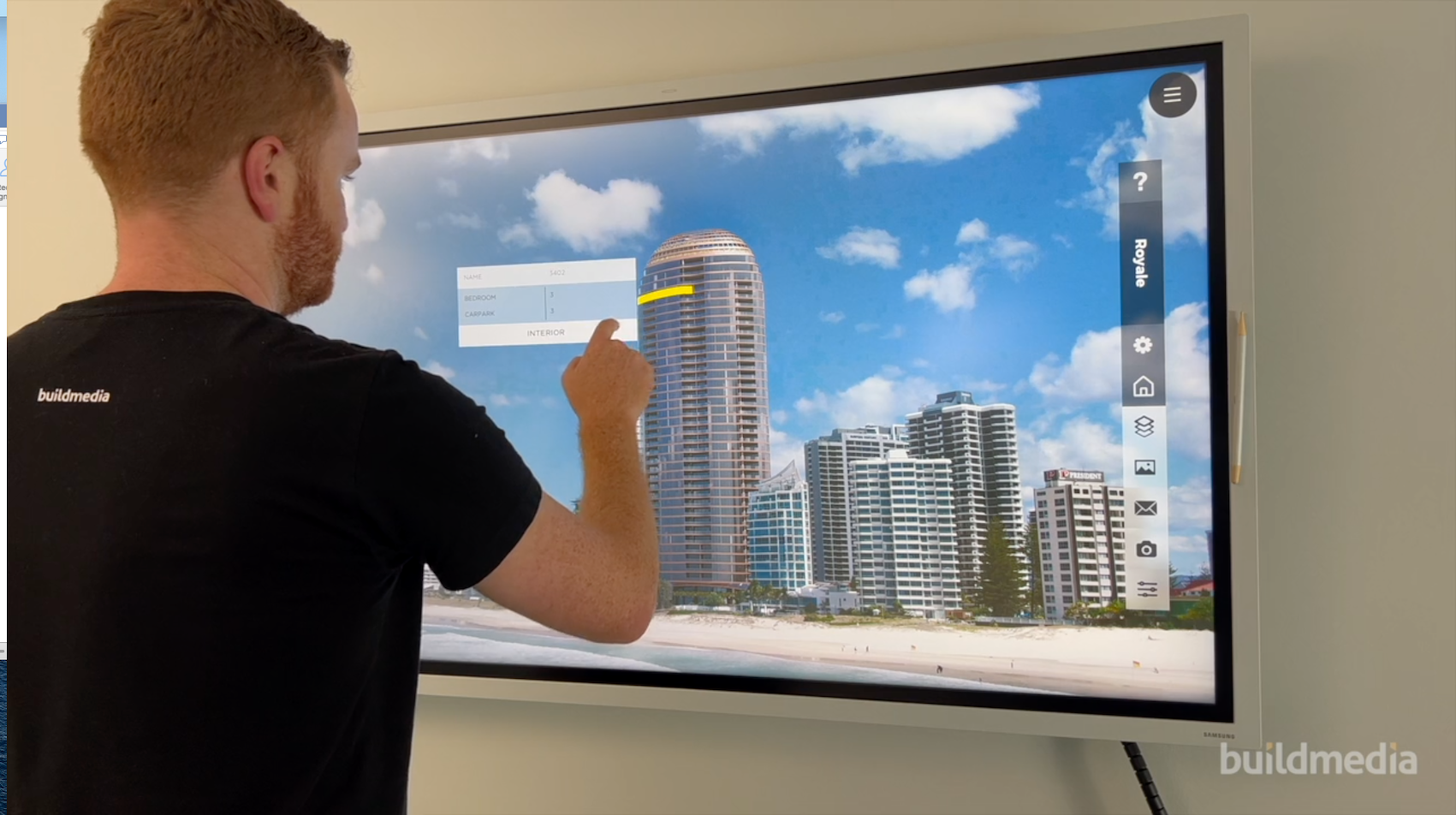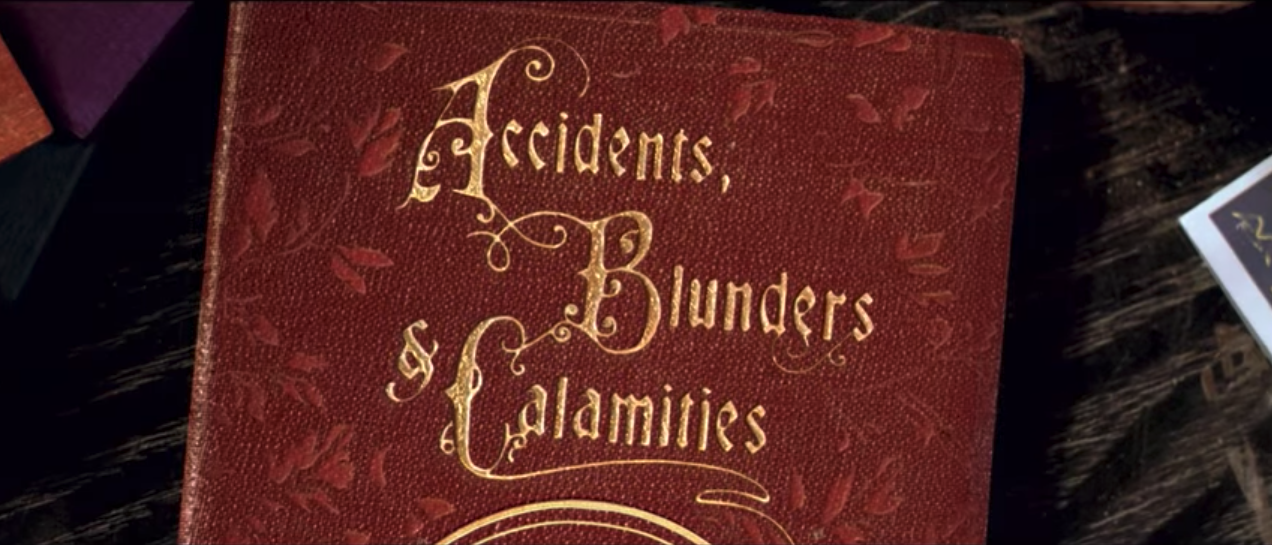What is the Bachelor of Art and Design?
Create the impossible
The Bachelor of Art and Design focuses on the technical and soft skills that you’ll need in the post-production side of the film industry. Specialise in the visual effects subject matter areas of compositing, modelling and technical studies or 3D animation and, in your final year, you’ll be working on an industry-level production using contemporary visual effects techniques in order to create an amazing, state-of-the-art short film.
Why study 3D Animation & VFX?
Imagine living in a country with a local studio that worked on Lord of the Rings and not studying how to make films. Explosions, scenery and strange creatures are integral to a great blockbuster, which is where you, dear animator, will be able to steal the show. Our industry-trained faculty will help you develop your skills on an immersive level where you will master modelling, rendering, lighting, and technical direction. In 2025 we were again ranked by Animation Career review as the #1 Animation College in New Zealand. Check out some of internationally recognised short films, animated by our students that have snatched professional awards away from big-budget short films. Don’t just talk the talk, we’ll let you walk it.

Create award winning films shown around the world!
Course Outline
What you'll cover in this course
During the first year, you will learn foundation art skills and achieve proficiency in both industry-standard technical tools and visual effects software. This exciting immersion includes an introduction to modelling, animation, rigging and visual effects.
| Component Name | Credits | Toggle |
|---|---|---|
|
Animation and Rigging
|
15
|
|
|
This component is designed to provide students with basic skills to enable the operation of contemporary 3D packages to produce simple digital rigs and animations. It also provides an enhanced understanding of the common vocabulary used in various areas of visual effects and enhances analysis, observation and appraisal skills.
Level 5
3D1G01B
PC3000
|
||
|
Foundation 3D
|
25
|
|
|
The aim of this component is to provide students with skills to enable the operation of contemporary 3D tool sets to produce simple digital models, textured surfaces and scene lighting. Observation skills are enhanced as is knowledge and ability to apply design theory to the development of digital assets.
Level 5
3D1G02B
PC3000
|
||
|
Traditional Art and Design for 3D
|
15
|
|
|
The purpose of the component is to provide students with the ability to create traditional art assets to fulfil another individual’s brief. Skills developed include the production of assets exhibiting effective use of theory and concepts and observation skills in the identification of art and design theories present in art works.
Level 5
3D1G03
PC3000
|
||
|
Digital Art I
|
15
|
|
|
The aim of this component is to provide students with skills and abilities using digital tools to create art assets to meet another person’s vision and idea. The ability to identify and analyse the theories and concepts exhibited in digital art assets and the ability to design and develop digital art assets exhibiting effective use of design and art theory are enhanced in this component.
Level 5
3D1G04
PC3000
|
||
|
Digital Art II
|
15
|
|
|
The purpose of this component is to provide students with skills and abilities in operating tools to create 3D digital art assets to meet the predefined vision of another creative person. It also enhances the student’s ability to justify and defend their art and design decisions, the ability to critique art assets from multiple perspectives and enhance skills and knowledge in digital compositing.
Level 6
3D1G05
PC3000
|
||
|
3D Modelling
|
15
|
|
|
This component enables students to build 3D models fit for production purpose and to give students skills and knowledge to facilitate further study. The component also enhances existing critical thinking knowledge and abilities, existing creative thinking knowledge and abilities, increases commercial acumen and enhance existing investigatory skills.
Level 6
3D1G06A
PC3000
|
||
|
3D Rendering
|
15
|
|
|
The objective of this component is to prove students with skills and knowledge in rendering and lighting 3D objects and scenes. It teaches enhanced observation and examination skills and knowledge in technical problem-solving further enhancing design and development capabilities in rendering, surfacing and visual effects.
Level 5
3D1G07A
PC3000
|
||
|
Foundation Mini-Project
|
10
|
|
|
The aim of this component is to provide students with explicit subject synthesis by drawing many aspects of study into a project that will enhance a student’s ability to produce test and revise their art assets. This component advances knowledge and skills in the development of aesthetically pleasing assets and enhances ability to polish art assets.
Level 6
3D1G08A
PC3000
|
||
|
Design Principles and Practice I
|
15
|
|
|
This component enables students to utilise the principles of design for the purpose of analysis and critique. The component also enhances critical thinking, debate and considerations for historical influences on modern day productions and develops observation skills.
Level 5
3D1G09
PC3000
|
||
Your second year involves immersive studies in core subjects such as preproduction, scripting and dynamics. In the second term, you have the chance to pursue a chosen specialisation in visual effects and motion graphics, technical 3D studies or 3D animation studies. Whichever you opt for will remain your specialist focus for the rest of your studies; however, all core subjects including tutorials, theory classes and art classes are taught collectively.
| Component Name | Credits | Toggle |
|---|---|---|
|
Pre production
|
10
|
|
|
This component develops knowledge and skills in effective pre production techniques that will facilitate planning, producing and editing in motion picture production. It examines the role of pre production in production pipelines delivering knowledge and skills in the area of storyboard development and theoretical knowledge of cinematic elements.
Level 5
3D2G01
PC3000
|
||
|
Video Productions
|
10
|
|
|
The aim of this component is to provide knowledge and skills in the ability to observe film footage and determine the cinematography elements contained. This includes knowledge regarding the preparation work required for principle photography in a video production and knowledge of sound recording requirements and its associated problems.
Level 5
3D2G02
PC3000
|
||
|
3D Scripting
|
10
|
|
|
The purpose of the component is to provide students with the technical skills and knowledge in scripting for production optimisation and enhancement. Students will enhance their abilities in testing, examination, diagnostic analysis, and observation delivering enhanced ability to evaluate visual effects solutions.
Level 5
3D2G04A
PC3000
|
||
|
Design Principles and Practice II
|
15
|
|
|
The aim of this component is to enhance existing design theory knowledge to enable the student to justify their own design decisions for different projects. The enhanced critical thinking knowledge and skills provide the necessary platform for students to attack and defend ideas, concepts and theories.
Level 6
3D2G05
PC3000
|
||
|
Industry Procedures and Practice I
|
15
|
|
|
The objective of this component is to enable students to develop investigatory skills. Lessons will enhance their understanding of the influence of various visual effects and special effects concepts by considering the historic and contemporary use of these methods. Students will gain project management knowledge for the purpose of managing visual effects projects.
Level 5
3D2G06
PC3000
|
||
|
Animation: Workflow and Principles
|
15
|
|
|
This component introduces students to animation principles and enables students to animate using widely accepted animation theory. Students will select the appropriate animation principle to realise a visual narrative, produce and polish animations and improve their observation skills.
Level 6
3D2A01A
PC3000
|
||
|
Animation: Mechanics. Expressions and Gestures
|
20
|
|
|
The aim of this component is to enable students to exercise enhanced testing, examination, diagnostic, and observation skills. Students will acquire enhanced ability to defend and justify their decision-making. Students practice character animation and enhance their skills and knowledge of animation, develop a visual investigatory method to enhance observation and analysis skills and deconstruct and interpret human behaviour.
Level 6
3D2A01B
PC3000
|
||
|
Animation: Non Verbal Communication
|
20
|
|
|
The learning outcome of this component is to enable students to observe, analyse and deconstruct physics properties of reference footage. Students interpret a visual narrative to construct a resulting animation. The enhanced critical thinking knowledge and skills provide the necessary platform for students to attack and defend animation ideas, concepts and theories.
Level 6
3D2A01C
PC3000
|
||
|
Technical Director Modelling II
|
20
|
|
|
The objective of this component is to enhance existing modelling knowledge and skills with iterative study and experimentation employing various techniques. Students improve observation and investigatory skills by deconstructing references. Students improve analytical skills through the application of diagnostic and problem solving skills to tools used to produce 3D assets.
Level 6
3D2T01A
PC3000
|
||
|
Technical Director Rendering II
|
20
|
|
|
This component is designed to enhance knowledge and skills from prior learning in rendering enabling the student to produce production quality assets. Observation and evaluation skills are enhanced by analysing and deconstructing reference. Students Improve diagnostic and problem solving skills through project-based learning.
Level 6
3D2T01B
PC3000
|
||
|
Technical Director Compositing
|
15
|
|
|
The aim of this component is to provide students with knowledge and skills in 2D compositing to manipulate live-action film and video. Learning outcomes include enhanced evaluation, testing, diagnostics and problem solving skills, enhanced abilities to continuously test and revise a solution and enhanced ability to defend decisions.
Level 6
3D2T01C
PC3000
|
||
|
Mini Project
|
15
|
|
|
Students gain subject synthesis in this component by utilising knowledge acquired in other earlier components to produce a mini project. The components provides a platform for experimentation with art and design concepts. It allows students further refinement of the ability to test and revise their ideas, concepts and solutions, polish and create aesthetically pleasing art assets.
Level 6
3D2AT01A
PC3000
|
||
|
Advanced Rigging
|
10
|
|
|
The aim of this component is to enhance the student’s awareness of physics and physics-like behaviours with observation and simulation utilising 3D rigging tools. Lessons enhance the student’s observation skills by deconstructing and reverse engineering solutions from reference footage. The component enhances student’s ability to optimise their production workflows and enhance the student’s ability to justify and defend their decisions.
Level 6
3D2AT02A
PC3000
|
||
|
Motion Design Animation
|
20
|
|
|
This component provides students with the skills, knowledge and creative techniques required to solve motion design problems. Students enhance their evaluation, diagnosis and problem solving skills. Project based learning enhances observation, critical thinking and evaluation skills providing the necessary platform for students to attack and defend design ideas, concepts and theories.
Level 6
3D2V01
PC3000
|
||
|
Motion Design Production Techniques
|
10
|
|
|
The aim of this component is to provide students with skills and knowledge to effectively solve production problems and enhance existing solutions. Production techniques investigated in this component enhanced evaluation, diagnostics and problem solving skills.
Level 6
3D2V02
PC3000
|
||
|
Visual Effects 2D Compositing
|
15
|
|
|
This component provides students with knowledge and skills in 2D compositing to manipulate live-action film and video assets. Lessons provide enhanced evaluation, testing, diagnostics and problem-solving skills developing enhanced abilities to continuously test and revise a solution and the enhanced ability to defend decisions.
Level 6
3D2V03
PC3000
|
||
|
Visual Effects 3D Compositing
|
20
|
|
|
The aim of this component is to enable students to gain advanced knowledge and skills in compositing CGI elements in a 3D compositing environment to produce a compelling visual effects shot using a combination of 3D CGI elements and live action, moving images. Students enhance existing evaluation, testing and problem solving skills.
Level 6
3D2V04
PC3000
|
||
|
Visual Effects Compositing Production Techniques
|
15
|
|
|
This component further advances the students ability to evaluate visual effects solutions, enhances the ability to defend and justify their decision-making and improves their observation skills. Students develop enhanced testing, diagnostics and problem-solving skills and enhanced abilities to continuously test and revise a solution.
Level 6
3D2V05
PC3000
|
||
In year three, you will be immersed in production as you work on group and individual projects. The final year also incorporates industry procedures and practice to prepare you for industry placement. Everything you learn mirrors the real world – we make sure you're job-ready before you go.
| Component Name | Credits | Toggle |
|---|---|---|
|
Advanced Creature Animation
|
20
|
|
|
The aim of this component is to enhance student knowledge and skills in animation with further practice while building capability, knowledge and skills in creature animation. It is also designed to enhance student critiquing skills, promote subject synthesis by drawing on the influences of many subjects to inform associated animations, enhance observation and evaluation skills by deconstructing behaviour and enhance the students’ knowledge and skills in animation.
Level 7
3D3A01
PC3000
|
||
|
Advanced 3D Technical Studies
|
20
|
|
|
This component’s aim is to enhance and improve knowledge and skills from previous learned materials enabling the student to produce assets for productions. Students also enhance preparation and planning skills and knowledge, project management skills, knowledge and execution abilities and theoretical art and design knowledge applied to simulations.
Students apply investigatory skills and approaches, enhance their awareness of physics and physics-like behaviours with observation and simulation and enhance their understanding of physics as applied to visual effects footage. Level 7
3D3T01
PC3000
|
||
|
Advanced Visual Effects Compositing
|
20
|
|
|
This component is designed to cater for emerging technologies for visual effects and/or motion design. The current trend would be for stereoscopic compositing; however, this could cater for high-speed and non-standard filming rates, or holographic techniques. Students enhance knowledge and skills to use advanced and emerging technologies, enhanced skills in design and production and enhanced problem solving and investigatory skills. This component is a venue to synthesise subject matter from a variety of areas to provoke interest.
Level 7
3D3V01
PC3000
|
||
|
Team Production I
|
40
|
|
|
The component aims to promote the production of theoretically grounded, aesthetically pleasing, technically sound 3D live-integration visual effects production, appropriately supporting and enhancing an associated narrative structure, using industry procedures, practices and tools.
Level 7
3D3G01
PC3000
|
||
|
Team Production II
|
45
|
|
|
The component aims to promote the production of theoretically grounded, aesthetically pleasing, technically sound 3D CGI production, appropriately supporting and enhancing an associated narrative structure, using industry procedures, practices and tools.
Level 7
3D3G02
PC3000
|
||
|
Advanced Individual Production
|
20
|
|
|
The aim of the component is to enable the development of key attitudes of continuous learning, adaptability, forward thinking and industry preparation, by allowing the student to create a specialist individual production in their area of specialisation and interest.
Level 7
3D3G03
PC3000
|
||
|
Industry Procedures and Practice II
|
15
|
|
|
The intent of this component is to provide students with current best practices in project management as a foundation to be able to project manage team productions and enhances the student’s commercial awareness by providing a mechanism to improve project workflow and management. Lessons are designed to enable students to utilise inquiry methods for continuously improving individual performance during productions and enhance the student’s ability to conduct scholarly investigations by continuously improving the investigation method.
Level 6
3D3G04
PC3000
|
||
Careers & Industry
Our Graduates have gone on to work on blockbuster films including Avatar and The Hobbit, with student short films created as a part of the course receiving international accolades. Our graduates are in demand for their experience working on major projects within a studio-like environment.
Here are some of the roles the Bachelor of Art & Design will help you to work towards:
3D Animator
Compositor
Technical Director
Course Requirements
| NCEA | You are advised to take a combination of traditional and digital art subjects (these could include Art, Digital Technologies, Digital and Visual Communications, or Ngā Toi). |
| CIE | You are advised to take at least one Art-related subject. |
| IB | Your IB Diploma must include an arts-related subject. A portfolio showcasing your design skills is also required. |
| International Students | To apply for this degree, you'll need a minimum qualification of NCEA University Entrance or CIE (University of Cambridge International Examination) or IB (International Baccalaureate) or equivalent overseas secondary school qualification or have completed one year of tertiary study from recognised institution. Please Note: Entry requirement may vary based on your country of citizenship. Please refer to our International Page for entry requirements at mediadesignschool.com/international-students. If you country is not on the list, please email international@mediadesignschool.com for further information. All international students must be 18 years of age when the programme commences (on- campus or online). International applicants can start their application before they turn 18 years of age. |
| Special Entry Discretionary Entry and Cross Credits | You may be eligible for discretionary entrance if you have: - An Excellence Endorsement in art/design subjects at Level 2, AND Literacy and Numeracy requirements (i.e.: 10 credits in Maths at Level 1 and 10 credits in English at Level 2 (5 reading/5 writing)) You may be eligible for Special Admission if you: - Are over 20 years old - Have relevant or applicable experience and a portfolio Click the title for more info! |
| Quotas | Please note, quotas may apply to some programmes. Where demand exceeds the number of available places, applicants who meet entry requirements will be admitted on a first-come-first-served basis. |
| NCEA |
| You are advised to take a combination of traditional and digital art subjects (these could include Art, Digital Technologies, Digital and Visual Communications, or Ngā Toi). |
| CIE |
| You are advised to take at least one Art-related subject. |
| IB |
| Your IB Diploma must include an arts-related subject. A portfolio showcasing your design skills is also required. |
| International Students |
| To apply for this degree, you'll need a minimum qualification of NCEA University Entrance or CIE (University of Cambridge International Examination) or IB (International Baccalaureate) or equivalent overseas secondary school qualification or have completed one year of tertiary study from recognised institution. Please Note: Entry requirement may vary based on your country of citizenship. Please refer to our International Page for entry requirements at mediadesignschool.com/international-students. If you country is not on the list, please email international@mediadesignschool.com for further information. All international students must be 18 years of age when the programme commences (on- campus or online). International applicants can start their application before they turn 18 years of age. |
| Special Entry Discretionary Entry and Cross Credits |
| You may be eligible for discretionary entrance if you have: - An Excellence Endorsement in art/design subjects at Level 2, AND Literacy and Numeracy requirements (i.e.: 10 credits in Maths at Level 1 and 10 credits in English at Level 2 (5 reading/5 writing)) You may be eligible for Special Admission if you: - Are over 20 years old - Have relevant or applicable experience and a portfolio Click the title for more info! |
| Quotas |
| Please note, quotas may apply to some programmes. Where demand exceeds the number of available places, applicants who meet entry requirements will be admitted on a first-come-first-served basis. |
As an international student, you'll need to prove you have sufficient English language skills in order to complete this course. We'll be looking for Academic IELTS overall score of 6.0 (minimum) with no band less than 5.5, successful completion of LANGUAGECERT Academic test, or equivalent test result.
Students from Denmark, Finland, Germany, the Netherlands, Norway, and Sweden will be able to meet language requirements through their academic transcripts- no need to provide IELTS or official certificates.
We accept a range of internationally recognised English Language proficiency test. Find out more on the NZQA website or download the NZQA list HERE.
Your portfolio is a selection of work that shows your skills and talents. It introduces you and your ideas, and shows us you have the creativity and imagination to be a student at MDS. There are no strict rules about what you should include in your portfolio. As a guide, it should include a range of 12 - 20 pieces of your best works that represent who you are as a creative person. We recommend including a range of media and styles. It is not imperative you include digitally rendered artworks.
Things you could include:
• Pencil drawings and illustrations
• Painting
• Photography
• Graphic or Digital design
• 3D models or visualisations
• Concept art and characters
• Video or moving images
For more information about how to build your portfolio, head over to our portfolio tips page.
Portfolio type: General Portfolio
File format: PDF, Website URL or JPGs
Before you begin your study with us, you will need to have a suitable device that has the functionality to run the programmes required for your course.
Click the link below to find course-specific requirements and recommendations, along with links to more information about hardware specifications. We have prepared these recommendations to help our students equip for flexible, blended learning.

